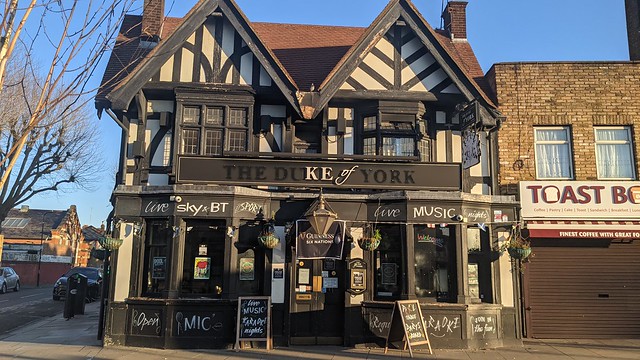skip to main |
skip to sidebar
I'm been struck by the parallel debates about privacy on the internet and on the street. Central to both arenas is the image of the individual, the rights of its ownership and distribution.
The rise in popularity of street photography has brought fresh attention to the practice of taking pictures of people without explicit permission. On the web the ongoing debate over privacy is regularly fuelled by the latest Facebook feature or expansion of Google Street View.
There is already technological convergence between the street and the screen. Face recognition to optimise the identification of criminals by cctv is also marketed more benignly to find friends in party photos posted online.
This debate is not new. The tension between individual and state as played out on the street has been reflected in literature, often in a dystopic future. From George Orwell's 1984 to Will Self's Book of Dave a vision of Londoners is portrayed living with the consequences of the gradual relinquishing of our privacy.
My most recent collection of photographs, Between the City and the City, explores an idea of parallel experience, how we each live together alone in the city, our faces more like façades. It now forms the backdrop for a new book, Street View People View, that develops the relationship of our faces and the ownership of their image.

The title of the book has been on my mind for a while. It seemed, for me at least, a logical next step in the enhancement of the digital documentation of public spaces to that of the people within those spaces. We can already identify our friends' physical location courtesy of mobile phone apps. Enhancing that visually would be neat wouldn't it? Imagine scanning a crowd with an augmented reality app that highlights those individuals. Cool.The anonymous crowd, familiar to the street photographer as the human zoo, now becomes a photo gallery of individuals, instantly profiled and packaged. Science or fiction?
I was looking for a way of simply illustrating the book's title. One design idea I tried was alternating the sequence of images with upside down cropped versions of each picture, including two separate front covers. The not-so-simple idea was the book could be experienced as a set of "street views" in landscape format and "people views" in portrait format. I liked the intention but the execution was a little laboured. I did however, whisper this, like the cropping so I kept that and tried another approach.
I've shied away from captioning my images in the past but I wanted to refer to the ideas that lay behind the book. Including quotes from press releases, novels and news stories satisfied that. Granted not a particularly original idea - I think Michael Lesy's Wisconsin Death Trip was the first time I saw this technique.
I considered really ramming the idea home with speech-bubbles above each figure's head with sample personal details. However I wanted to retain the feel of the images as pure street photographs and not interfere with them directly. This literal sub-text is then there as something for the viewer to consider as a separate but related element, more like a collage.
Finally I chose not to include any rationale in the book itself, This is exclusive to this site!
Street View People View felt like an opportunity to reflect on my own work, and the city I live in, and to consider street photography in a broader context in which it may be practised in the near future, coming to a corner near you soon...







